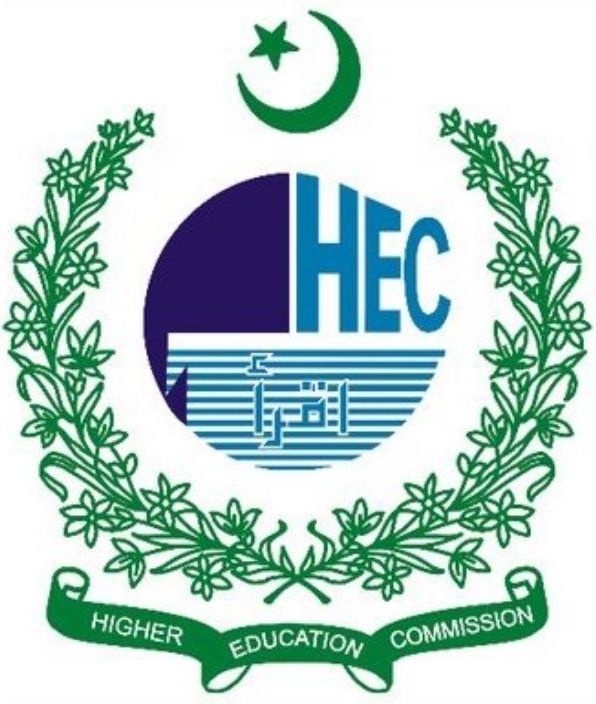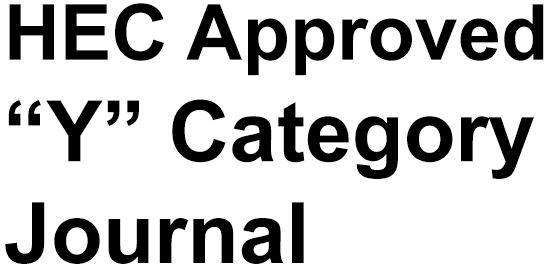Pre-colonial Inundation Canals in Siraiki Area: A Case Study of Dera Ghazi Khan and Bahawalpur
DOI:
https://doi.org/10.63056/ACAD.004.04.0947Keywords:
Bahawalpur, Dera Ghazi Khan, indigenous irrigation, Inundation canals, Mughal periodAbstract
This article discusses the evolution of inundation canal systems in two arid regions of Siraiki area—the trans-Indus district of Dera Ghazi Khan and the cis-Indus princely state of Bahawalpur—during the late Mughal, precolonial period. Contrary to the common assumption that canal irrigation in this area was a colonial innovation, the historical evidence shows that local autocrats played a crucial role in developing a canal irrigation system well before the arrival of the British. Though this precolonial canal irrigation neither involved any modern, complex technology nor provided round the year supplies of water, its existence refutes stagnation of local economy in the late Mughal period. The article places its temporal focus on the late medieval time when the Mughal empire was losing its control on the peripheral provinces and competing political forces like the Durranis and the Sikhs were claiming control of Punjab. In this changing political scenario, Miranis and their successors in Dera Ghazi Khan, and Abbasids in Bahawalpur, heavily invested in excavation, enlargement, and maintenance of inundation canals that tapped summer flooding of the Indus and its two eastern tributaries—Sutlej and Chenab. Administration of the inundation canal system was not run only by the officials appointed by the rulers but also the water-sharers, or zamindars, who took care of not just the excavation and maintenance of inundation canals but also of fair distribution of water. The irrigation water made available through these inundation canals reorganized the economic and social life of the middle Indus valley. It increased the cropped area, enhanced agricultural output, and allowed surplus production that encouraged transregional trade and commerce. Politically, canal construction consolidated the authority of local rulers, grounding their power in concrete economic bases. By placing the focus on indigenous agency in irrigation, this article reinterprets the history of canal construction in precolonial Punjab as a tale of resilience, adaptation, and regional statecraft.
Downloads
Published
Issue
Section
License
Copyright (c) 2025 Azhar Ali Khan (Author)

This work is licensed under a Creative Commons Attribution 4.0 International License.












